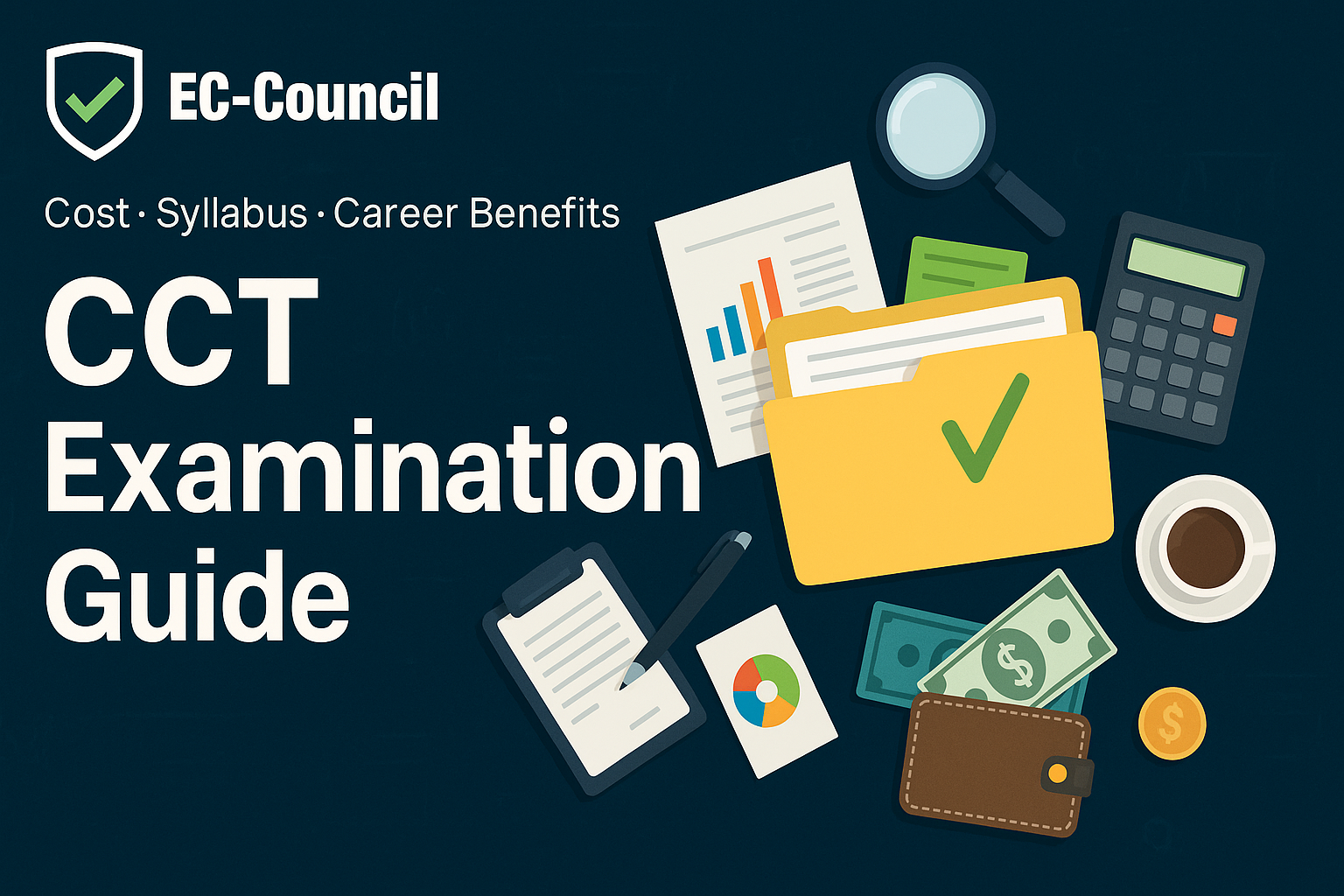
The digital landscape is an ever-evolving battlefield, and the demand for skilled cybersecurity professionals has never been higher. For individuals looking to carve a niche in this critical field, the EC-Council Certified Cybersecurity Technician (CCT) examination serves as a foundational stepping stone. This comprehensive guide will dissect the CCT examination, providing an in-depth analysis of its syllabus, preparation strategies, career benefits, and everything you need to know to succeed. Whether you're a seasoned IT professional seeking to specialize, a student eager to launch your cybersecurity career, or someone contemplating a career change, understanding the nuances of the CCT examination is crucial.
This article aims to be your definitive resource for navigating the CCT examination. We’ll delve into the core components of the exam, explore effective CCT exam prep techniques, address common questions about CCT certification cost, and highlight the rewarding career paths that open up after achieving this valuable credential. Prepare to gain a thorough understanding of what it takes to become a Certified Cybersecurity Technician and how the CCT examination can be your launchpad into the dynamic world of cybersecurity.
Just read: Ace Your EC‑Council CCT Exam—a sharp, all‑in‑one Substack guide covering costs, practice tests, and prep strategies to help you pass with confidence!
What is the EC-Council Certified Cybersecurity Technician (CCT examination)?
The EC-Council Certified Cybersecurity Technician (CCT) certification is designed to validate the foundational skills and knowledge required for entry-level cybersecurity roles. It focuses on the practical aspects of identifying, mitigating, and responding to common cybersecurity threats. The CCT examination assesses a candidate's competency in core cybersecurity domains, ensuring they possess the essential technical skills demanded by the industry.
Think of the CCT examination as the bedrock upon which a successful cybersecurity career can be built. It's not just about theoretical knowledge; it’s about demonstrating the hands-on abilities to implement security controls, analyze network traffic, and understand the fundamentals of digital forensics. Achieving the Certified Cybersecurity Technician designation signifies to employers that you have a proven understanding of basic cybersecurity principles and are ready to contribute to a security team.
The EC-Council CCT program is highly regarded as an entry-level certification that bridges the gap between foundational IT knowledge and specialized cybersecurity expertise. Many individuals choose the CCT as their first cybersecurity certification, indicating its relevance and alignment with industry demands. In fact, a significant percentage of individuals have successfully transitioned into cybersecurity roles after earning their CCT, highlighting its impact on career shifts.
CCT Examination Syllabus & Domains
The CCT examination (Exam Code: 212-82) covers a broad spectrum of essential cybersecurity topics. Understanding these domains is the first step in effective CCT exam prep. Here's a detailed breakdown of the key areas you'll need to master:
Information Security Threats and Vulnerabilities: This domain explores the common types of threats and vulnerabilities that organizations face, including malware, phishing, social engineering, and more. Recognizing these threats is fundamental to preventing and responding to cyberattacks.
Information Security Attacks: This section delves into the methodologies and techniques used by attackers to exploit vulnerabilities and compromise systems. Understanding the attacker's perspective is crucial for building robust defenses.
Network Security Fundamentals: A strong understanding of networking concepts is essential for any cybersecurity professional. This domain covers network protocols, topologies, and devices, providing the context for network security controls.
Identification, Authentication, and Authorization: These are the cornerstones of access control. This domain covers the processes involved in verifying user identities, confirming their eligibility, and granting appropriate access to resources.
Network Security Controls - Administrative Controls: These involve the policies, procedures, and guidelines that govern security practices within an organization. Understanding and implementing effective administrative controls is vital for establishing a strong security posture.
Network Security Controls - Physical Controls: This domain focuses on the security measures that protect physical assets and infrastructure, such as locks, security guards, and surveillance systems.
Network Security Controls - Technical Controls: These are the hardware and software mechanisms used to enforce security policies, including firewalls, intrusion detection systems, and antivirus software.
Network Security Assessment Techniques and Tools: This section covers the methods and tools used to identify vulnerabilities and assess the effectiveness of security controls, such as vulnerability scanning and penetration testing.
Application Security: With the increasing reliance on web applications, securing these applications is paramount. This domain covers common application vulnerabilities and best practices for secure development.
Virtualization and Cloud Computing: As organizations increasingly adopt virtualization and cloud technologies, understanding the security implications of these environments is essential.
Wireless Network Security: Wireless networks introduce unique security challenges. This domain covers the protocols and techniques used to secure wireless communications.
Mobile Device Security: The proliferation of mobile devices in the workplace necessitates understanding how to secure these devices and the data they contain.
IoT and OT Security: The Internet of Things (IoT) and Operational Technology (OT) environments present new and evolving security risks. This domain provides an overview of these challenges and potential solutions.
Cryptography: Cryptography is a fundamental building block of many security controls. This domain covers the basics of encryption, hashing, and digital signatures.
Data Security: Protecting data, both at rest and in transit, is a primary goal of cybersecurity. This domain explores various data security techniques and best practices.
Network Troubleshooting: The ability to diagnose and resolve network issues is crucial for maintaining a secure and reliable infrastructure.
Network Traffic Monitoring: Analyzing network traffic can help identify suspicious activity and potential security breaches. This domain covers the tools and techniques used for network traffic monitoring.
Network Logs Monitoring and Analysis: Security logs provide valuable insights into system activity and potential security incidents. This section covers how to effectively monitor and analyze network logs.
Incident Response: Having a plan and the skills to respond effectively to security incidents is critical. This domain covers the steps involved in incident response, from detection to recovery.
Computer Forensics: In the event of a security breach, computer forensics plays a crucial role in investigating the incident and gathering evidence.
Business Continuity and Disaster Recovery: Ensuring that an organization can continue operating in the face of disruptions is essential. This domain covers the principles of business continuity and disaster recovery planning.
Risk Management: Identifying, assessing, and mitigating security risks is a fundamental aspect of cybersecurity. This domain introduces the concepts and processes involved in risk management.
For a more detailed breakdown of the syllabus, you can refer to the official EC-Council resources and the syllabus page on Edusum CCT Exam Syllabus.
How to Prepare for the CCT Examination?
Preparing effectively for the CCT examination is paramount to success. The sheer breadth of topics covered requires a structured and dedicated approach. Here are some proven strategies for CCT exam prep:
Understand the Exam Objectives: Start by thoroughly reviewing the official CCT examination syllabus and objectives provided by EC-Council. This will give you a clear roadmap of the topics you need to focus on.
Utilize Official Study Materials: EC-Council offers official study materials, including courseware and practice tests. These resources are specifically designed to align with the exam content and are highly recommended.
Consider Accredited Training: Enrolling in an accredited training program can provide structured learning and guidance from experienced instructors. These courses often cover the syllabus in detail and offer hands-on labs to reinforce your understanding.
Leverage Practice Exams: Taking CCT practice tests is crucial for assessing your knowledge, identifying areas where you need to improve, and getting familiar with the exam format and timing. Platforms like Edusum CCT Practice Tests offer valuable practice resources with questions that mirror the actual EC-Council CCT exam questions. Regularly taking these CCT practice exams will build your confidence and help you gauge your readiness. Remember to analyze your results to understand your strengths and weaknesses. You can even find CCT exam questions and answers pdf resources online, but ensure they are from reputable sources to avoid outdated or inaccurate information.
Hands-on Experience: Cybersecurity is a practical field. Supplement your theoretical knowledge with hands-on experience using virtual labs and cybersecurity tools. This will solidify your understanding of the concepts and prepare you for real-world scenarios.
Join Study Groups and Online Communities: Connecting with other individuals preparing for the CCT examination can be incredibly beneficial. Sharing knowledge, discussing challenging topics, and learning from each other's experiences can enhance your preparation.
Time Management: Create a realistic study schedule that fits your learning style and commitments. Break down the syllabus into manageable chunks and allocate specific time slots for each topic. Consistency is key to effective preparation.
Stay Updated: The cybersecurity landscape is constantly evolving. Keep abreast of the latest threats, trends, and technologies by reading industry news, blogs, and research papers.
Focus on Practical Application: The CCT examination emphasizes practical skills. When studying each topic, try to think about how it applies in real-world scenarios. This will help you not only answer exam questions but also become a more effective cybersecurity professional.
Review and Revise: Regularly review the topics you have already studied to reinforce your understanding. Use flashcards, summaries, and mind maps to aid in revision.
Remember, effective preparation alleviates exam anxiety. By utilizing resources like the official EC-Council materials and targeted practice exams on platforms like Edusum EC-Council CCT, you can significantly increase your chances of success. The stress of preparing for exams can be overwhelming, but structured practice and access to realistic exam simulations can make the journey much smoother and more manageable.
Career Benefits of CCT Examination
Earning the Certified Cybersecurity Technician certification can significantly boost your career prospects in the cybersecurity domain. Here are some key benefits:
Validation of Foundational Skills: The CCT certification validates that you possess the essential technical skills and knowledge required for entry-level cybersecurity roles. This recognition from EC-Council, a reputable cybersecurity certification body, is highly valued by employers.
Enhanced Job Opportunities: With the increasing demand for cybersecurity professionals, holding the CCT certification can make you a more attractive candidate for various roles, including:
Cybersecurity Technician
IT Support Specialist
Network Engineer
Security Analyst (entry-level)
Help Desk Technician (with a security focus)
Junior Network Administrator
And more, as the CCT aligns with over 20 different job roles.
Career Advancement: The CCT serves as a strong foundation for further cybersecurity certifications and career growth. It demonstrates your commitment to the field and provides a solid base upon which to build more advanced skills.
Higher Earning Potential: Certified cybersecurity professionals are often in high demand and can command competitive salaries. While entry-level roles might have varying pay scales, the CCT certification can contribute to a higher earning potential compared to individuals without formal cybersecurity credentials.
Industry Recognition: The EC-Council CCT certification is recognized globally, making it a valuable asset for individuals seeking employment in various regions.
Demonstrated Commitment to Professional Development: Obtaining the CCT certification shows your dedication to learning and professional growth in the cybersecurity field, which is highly regarded by employers.
Alignment with Industry Standards: The CCT curriculum is designed to align with industry best practices and real-world cybersecurity challenges, ensuring that certified professionals have relevant and up-to-date skills.
Career Transition Opportunities: For professionals looking to switch careers into cybersecurity, the CCT provides a structured and recognized pathway to enter the field. Many individuals successfully transition into cybersecurity after earning this certification.
In a competitive job market, having the Certified Cybersecurity Technician certification can provide a significant edge, opening doors to exciting and rewarding career opportunities.
FAQ
Here are some frequently asked questions about the EC-Council Certified Cybersecurity Technician (CCT) examination:
What is the CCT examination passing score?
The passing score for the CCT examination (Exam Code: 212-82) typically falls within the range of 60-85%. However, the exact passing score might vary slightly, so it's best to confirm the latest information on the official EC-Council website.
What is the cost of the CCT certification?
The CCT certification cost for the examination is $499 (USD). This fee covers the exam attempt. Additional costs might apply for training courses or study materials.
How long is the CCT examination?
The duration of the CCT examination is 180 minutes (3 hours). Candidates need to complete all 60 questions within this timeframe.
What type of questions are on the CCT exam?
The CCT exam questions are primarily multiple-choice. These questions are designed to assess your understanding of the various cybersecurity domains covered in the syllabus and your ability to apply that knowledge in practical scenarios.
Where can I find the best CCT exam prep resources?
For the best CCT exam prep, it's recommended to utilize a combination of resources, including the official EC-Council study materials, accredited training courses, and reputable practice exam platforms like Edusum CCT Exam Prep. These platforms offer realistic CCT practice exams and sample EC-council CCT exam questions to help you prepare effectively.
Conclusion
The EC-Council Certified Cybersecurity Technician (CCT) examination is a crucial stepping stone for anyone aspiring to build a successful career in the dynamic and vital field of cybersecurity. By providing a comprehensive validation of foundational technical skills and knowledge, the CCT certification opens doors to numerous entry-level roles and provides a solid base for future professional growth.
Navigating the CCT examination requires diligent preparation, a thorough understanding of the syllabus, and the strategic use of effective study resources, such as those offered by Edusum. By understanding the exam structure, leveraging CCT practice tests, and focusing on the key domains, you can confidently approach the CCT examination and embark on a rewarding journey in the world of cybersecurity.
The path to becoming a skilled cybersecurity professional starts with a strong foundation, and the CCT examination is undoubtedly a valuable first step in that direction. Good luck with your CCT exam prep!

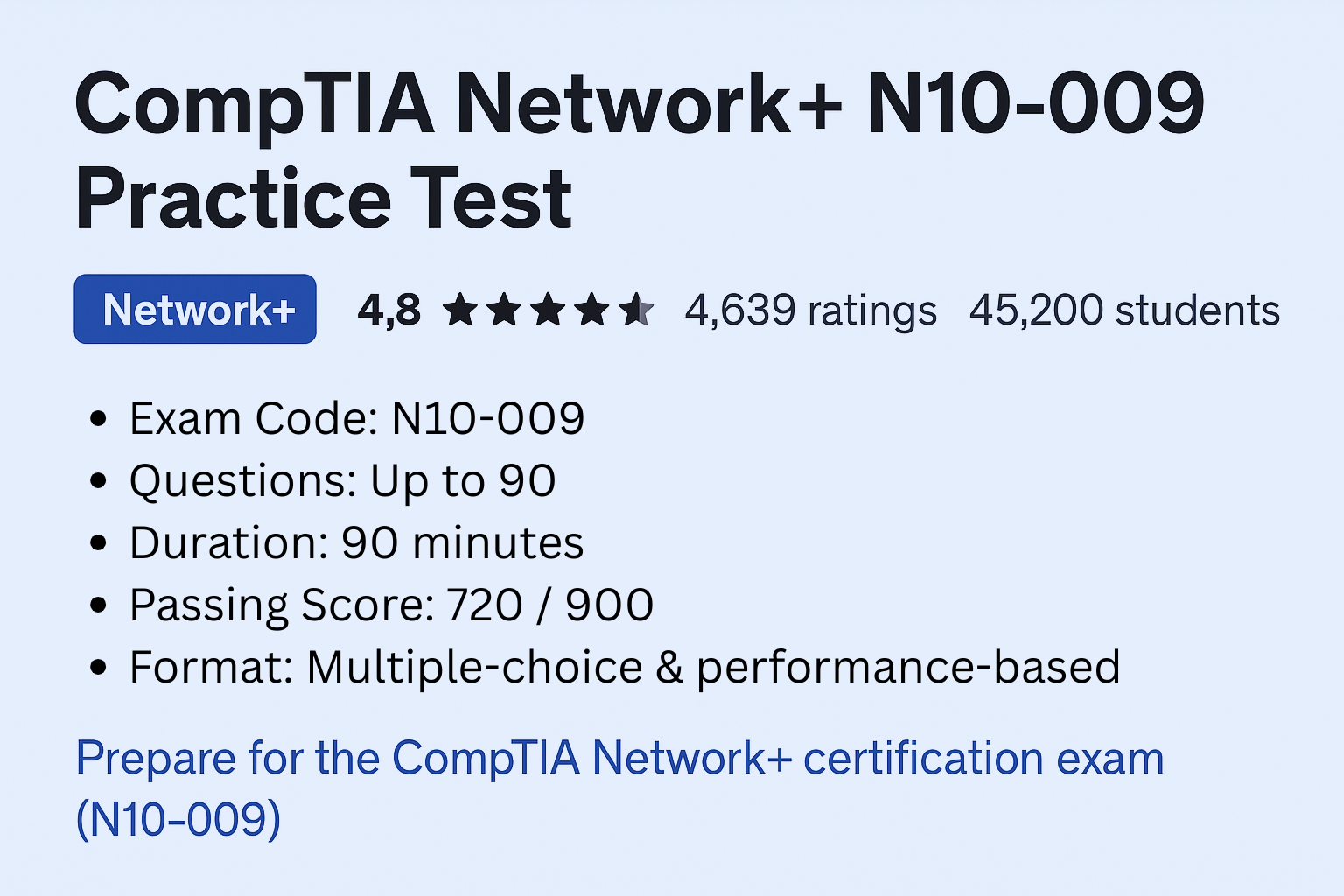

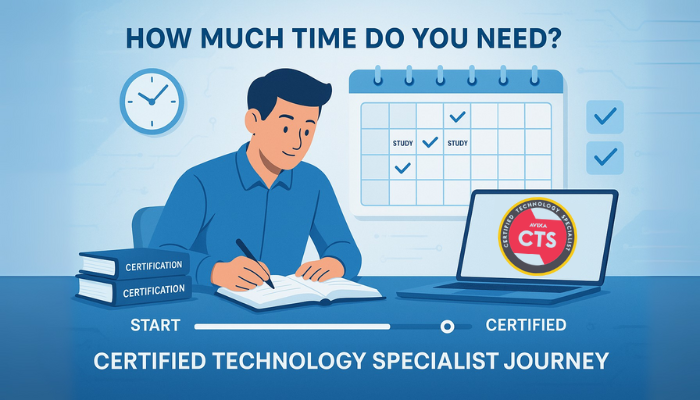
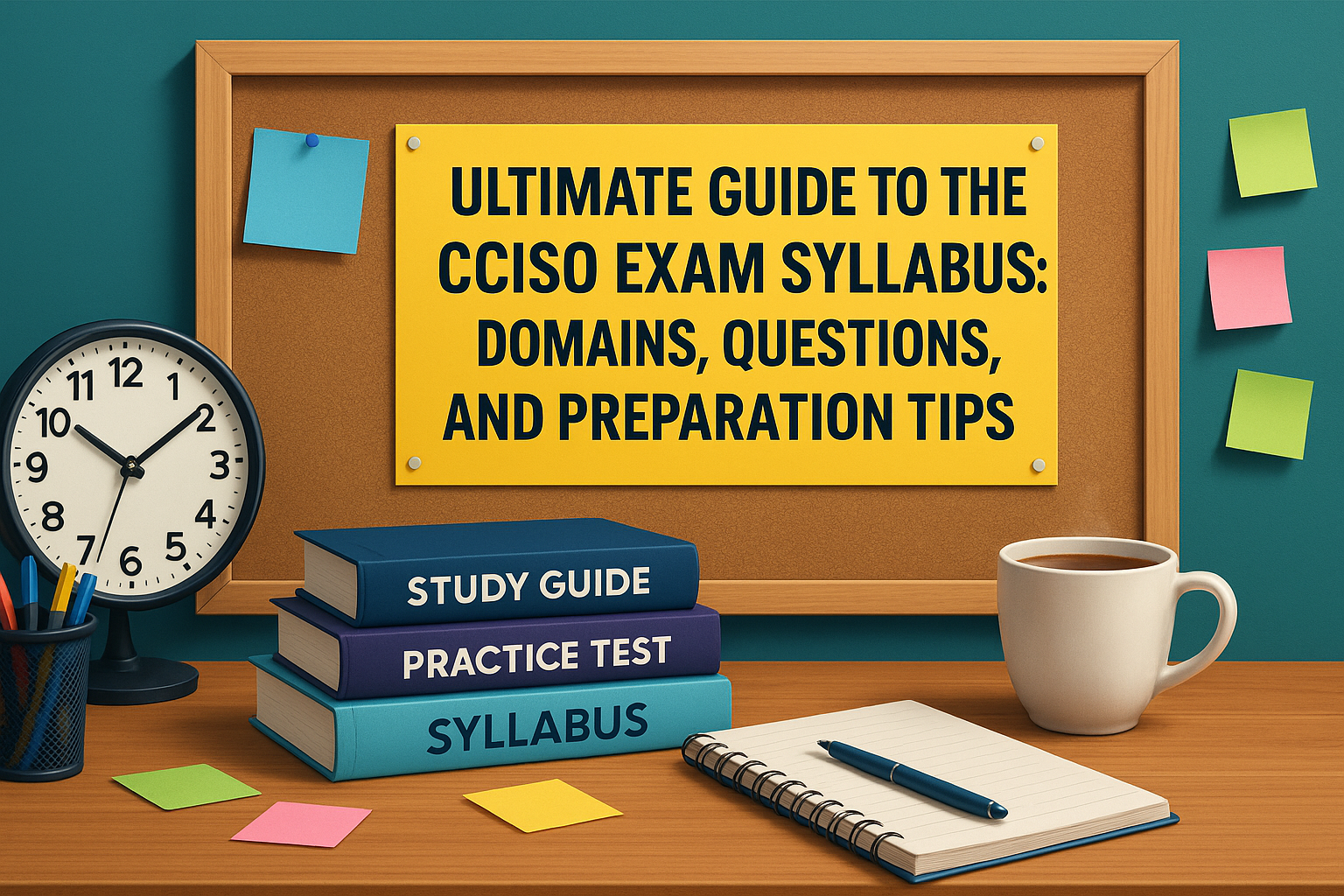

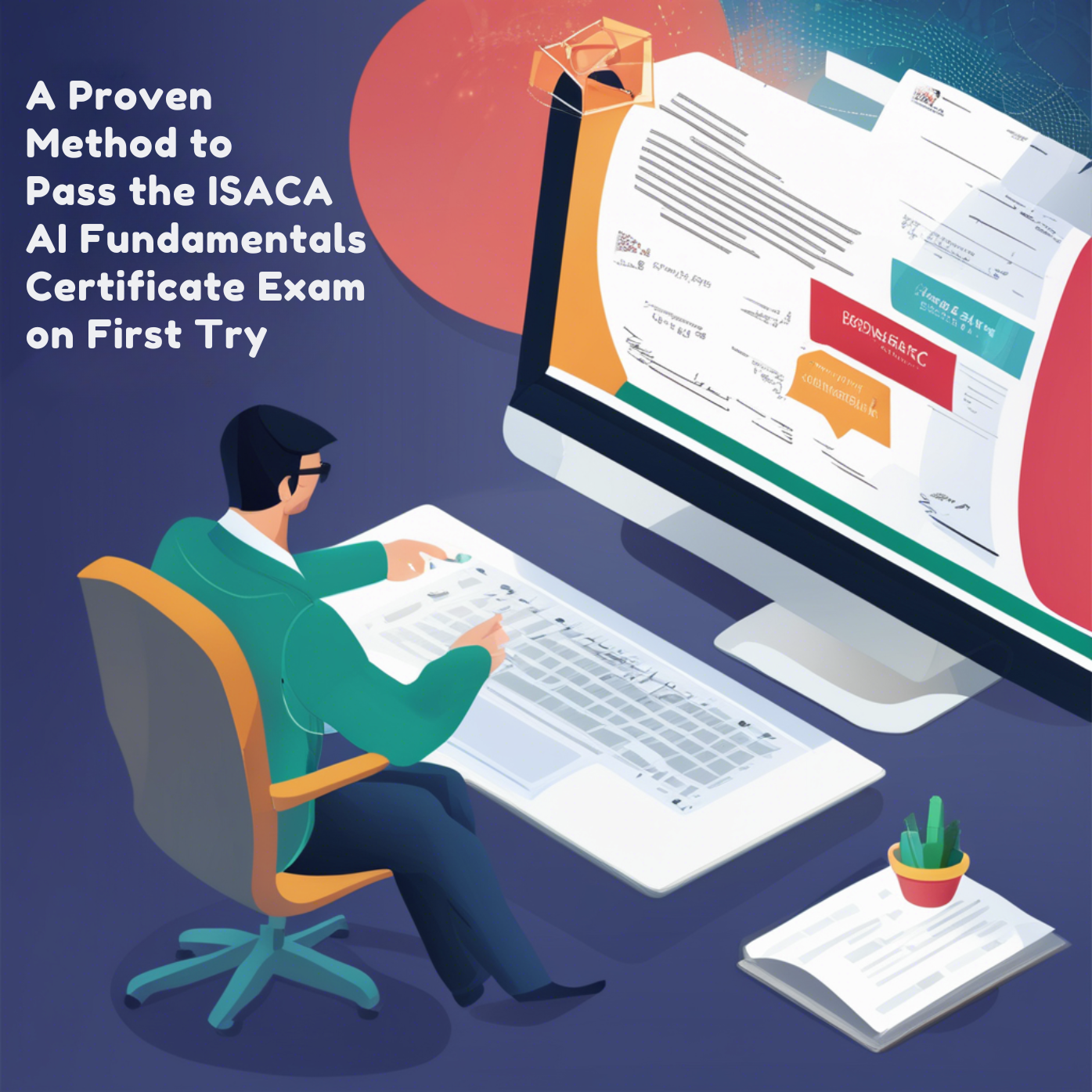

Write a comment ...